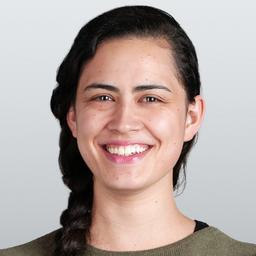Dairy farmers at a floating farm in Rotterdam may soon be faced with an unusual question: Can cows get seasick?
The farm, located in the center of Rotterdam’s Merwehaven harbor, is expected to house about 40 cows that will be milked by robots.

Dairy farmers at a floating farm in Rotterdam may soon be faced with an unusual question: Can cows get seasick?
The farm, located in the center of Rotterdam’s Merwehaven harbor, is expected to house about 40 cows that will be milked by robots.